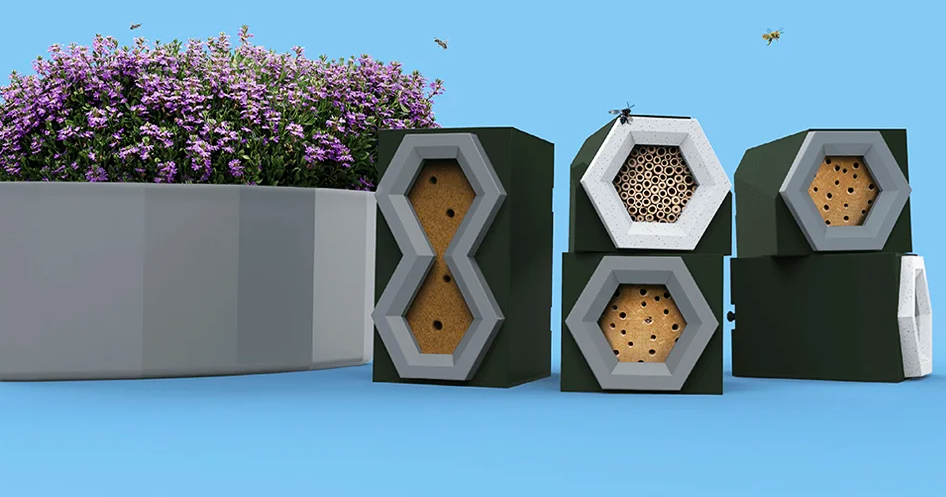ach year, you can notice an enhancement in the aesthetics of several products. Be it hi-tech gadgets like tablets or mechanical equipment like locks, modern designers are developing sleek and ergonomic products.
The role of product design in transforming the modern era is truly pivotal. In fact, the design sector contributes over AUD 26 billion to the Australian economy.
You can now witness a new design concept while creating ergonomically sound products. These days, designers are focused on creating products that focus on environmental and social impact.
So, what is this concept and which elements define sustainable products? Find out in this article.
A Quick Look at Sustainable Product Development
The core of any product development process remains the same. The designer follows similar steps from concept ideation to final production.
However, sustainable design aims at ensuring zero or minimal negative impact of designed products on the planet and future generations.
Here are the salient features of this concept:
- Product development for circular economy
- Emphasis on recycling and replacement
- Reduction in overall dimensions
- Focus on high adaptability of products
Overall, new-age designers follow essential modifications that adhere to safe engineering standards. In addition, the goal is to design products that contribute toward creating a sustainable planet.
Sustainable Product Development Elements
The concept of creating a sustainable product design is vast. However, you can understand the main facets of this process through these crucial aspects.
Dematerialisation
How to reduce the load on the environment? By minimising the use of unnecessary material in the design.
Modern industrial designers aim for the following points while developing a product:
- Compact size
- Low weight
- Fewer material variations
Along with these aspects, these professionals ensure optimal material application without compromising longevity and functions.
Disassembly
These days, new products can offer ease in disassembly. Through such design, companies can find ease in properly recycling different components.
At the same time, sustainable designs aim at locking use-phase disassembly. Hence, the end user will find it challenging to dismantle such products.
Ease in Recycling
The primary intent behind sustainable design is to lower the adverse impact of goods on the planet. So, design agencies are ensuring this aspect by making use of recyclable materials wherever possible.
For this purpose, designers also consider assembly methods and manufacturability. Consequently, new-age items can undergo efficient processing and cause minimal ecological impact.
Multi-faceted Utility
You will find an increasing number of reusable products that offer multiple functions. Such design philosophies focus on reducing the requirement of different goods for separate utilities.
This element ensures low use of resources and provides adequate functioning. As a result, companies do not need unnecessary energy inputs to make a single utility product.
In a Nutshell
There is a continuous evolution in product development and design. Designers are adapting to new strategies with innovative technologies and an emphasis on creating a circular economy.
Some crucial aspects of building sustainable products include dematerialisation, disassembly, ease of recycling, and multi-faceted utility. In addition, there is a high emphasis on efficiency, re-manufacturing, equity, and longevity.
Choosing such products can help contribute to social, economic, and environmental well-being. For this purpose, choosing experienced designers adroit in the industrial design sector is vital.
So, ensure that you choose a reliable design agency that considers such transformation in the product designing philosophy.















